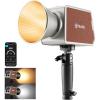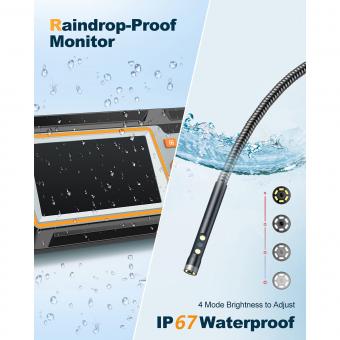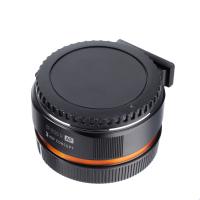What Is Endoscopic Third Ventriculostomy Etv ?
Endoscopic third ventriculostomy (ETV) is a surgical procedure used to treat certain types of hydrocephalus. It involves creating a small hole in the floor of the third ventricle of the brain, allowing cerebrospinal fluid (CSF) to flow out of the ventricles and be absorbed by surrounding tissues. This procedure is performed using an endoscope, a thin tube with a camera and light attached to it, which is inserted through a small incision in the skull. ETV is an alternative to the more traditional treatment for hydrocephalus, which involves placing a shunt to divert CSF from the ventricles to another part of the body. ETV can be an effective and less invasive option for certain patients, but it is not suitable for everyone and the decision to undergo this procedure should be made in consultation with a neurosurgeon.
1、 Definition and Purpose of Endoscopic Third Ventriculostomy (ETV)
Endoscopic third ventriculostomy (ETV) is a surgical procedure used to treat hydrocephalus, a condition characterized by the accumulation of cerebrospinal fluid (CSF) in the brain's ventricles. It involves creating a new pathway for the CSF to flow, bypassing any obstructions that may be present.
During an ETV procedure, a neurosurgeon uses an endoscope, a thin, flexible tube with a camera and light source, to visualize the ventricles of the brain. The endoscope is inserted through a small incision in the skull and guided to the third ventricle, which is located in the center of the brain. Once in position, the surgeon creates a small hole in the floor of the third ventricle, allowing the CSF to flow directly into the surrounding spaces of the brain, where it can be absorbed.
ETV is considered a minimally invasive alternative to the traditional treatment for hydrocephalus, which involves the placement of a shunt system to divert the CSF from the ventricles to another part of the body. Shunt systems are associated with various complications, such as infection, blockage, and malfunction, which may require additional surgeries.
The purpose of ETV is to restore the normal flow of CSF and relieve the pressure on the brain caused by hydrocephalus. It is particularly beneficial for patients with obstructive hydrocephalus, where the flow of CSF is blocked by a structural abnormality, such as a tumor or a congenital defect. ETV has been shown to be effective in both children and adults, with success rates ranging from 60% to 90%.
The latest point of view regarding ETV is that it should be considered as a first-line treatment option for selected patients with hydrocephalus. Recent studies have shown that ETV can be as effective as shunt placement in certain cases, with lower complication rates and better long-term outcomes. However, it is important to note that not all patients with hydrocephalus are suitable candidates for ETV, and the decision to undergo this procedure should be made on an individual basis, taking into account the specific characteristics of each case.
In conclusion, endoscopic third ventriculostomy (ETV) is a surgical procedure used to treat hydrocephalus by creating a new pathway for the cerebrospinal fluid to flow. It is a minimally invasive alternative to shunt placement and has shown promising results in selected patients. However, the decision to undergo ETV should be made on a case-by-case basis, considering the individual characteristics of each patient.
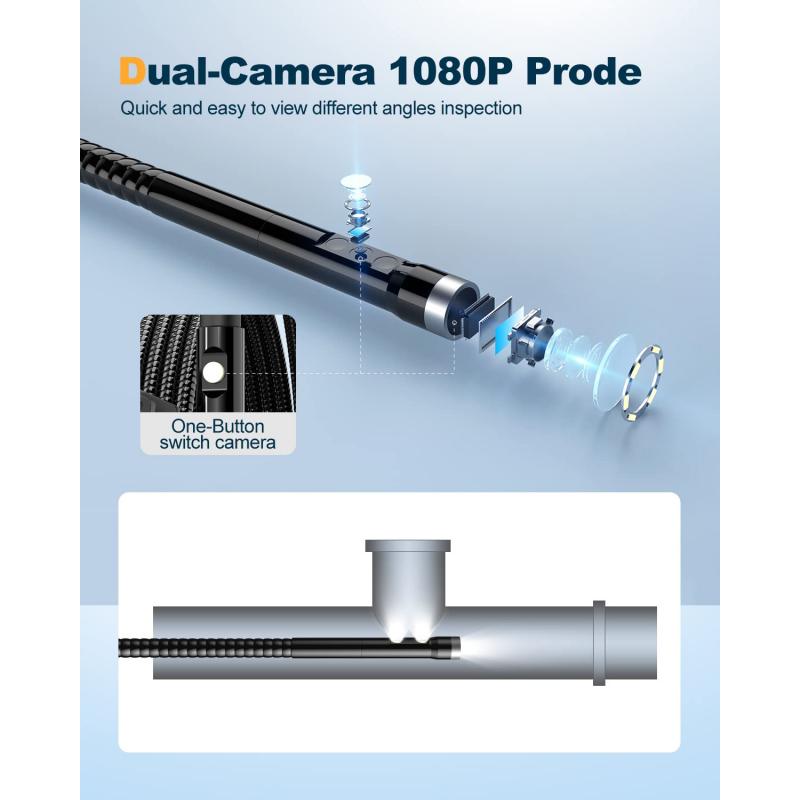
2、 Indications and Contraindications for Endoscopic Third Ventriculostomy (ETV)
Endoscopic third ventriculostomy (ETV) is a surgical procedure used to treat hydrocephalus, a condition characterized by the accumulation of cerebrospinal fluid (CSF) in the brain. ETV involves creating a small hole in the floor of the third ventricle, a fluid-filled cavity in the brain, to allow CSF to flow out and relieve pressure.
The main indication for ETV is obstructive hydrocephalus, where there is a blockage in the normal flow of CSF. This can be caused by conditions such as aqueductal stenosis, tumors, or cysts. ETV is particularly useful in cases where the obstruction is located in the ventricular system, as it provides a direct route for CSF to bypass the blockage.
In recent years, there has been an increasing interest in using ETV as a first-line treatment for hydrocephalus, especially in certain patient populations. Studies have shown that ETV can be a safe and effective alternative to traditional shunt surgery, which involves implanting a device to divert CSF from the brain to another part of the body. ETV has been found to have comparable success rates to shunt surgery, with lower rates of complications and the potential for fewer revisions.
However, ETV is not suitable for all patients with hydrocephalus. Contraindications for ETV include patients with non-communicating hydrocephalus due to posterior fossa tumors, severe scarring or adhesions in the ventricular system, or certain anatomical abnormalities. Additionally, patients with normal pressure hydrocephalus, a condition characterized by enlarged ventricles and normal CSF pressure, may not benefit from ETV.
In conclusion, endoscopic third ventriculostomy (ETV) is a surgical procedure used to treat obstructive hydrocephalus by creating a hole in the third ventricle to allow CSF to flow out. ETV has emerged as a viable alternative to shunt surgery, with comparable success rates and potentially fewer complications. However, careful patient selection is crucial, as ETV may not be suitable for all cases of hydrocephalus.

3、 Procedure and Techniques of Endoscopic Third Ventriculostomy (ETV)
Endoscopic third ventriculostomy (ETV) is a surgical procedure used to treat hydrocephalus, a condition characterized by the accumulation of cerebrospinal fluid (CSF) in the brain. It involves creating a new pathway for the CSF to flow, bypassing any obstructions that may be present.
During the ETV procedure, a neurosurgeon inserts a small, flexible endoscope into the brain through a small incision in the skull. The endoscope is equipped with a camera that allows the surgeon to visualize the ventricular system and identify any blockages. Once the blockage is located, the surgeon creates a small hole in the floor of the third ventricle, allowing the CSF to flow freely into the basal cisterns and be absorbed by the body.
ETV has several advantages over traditional shunt procedures, which involve implanting a tube to drain the excess CSF. Shunts can be prone to complications such as infection, blockage, and malfunction, whereas ETV eliminates the need for a foreign body implant. Additionally, ETV can be a more cost-effective option in the long term, as it eliminates the need for shunt revisions and replacements.
The success rate of ETV varies depending on the underlying cause of hydrocephalus and the skill of the surgeon. However, studies have shown that ETV can be successful in up to 70-90% of cases, particularly in patients with non-communicating hydrocephalus.
In recent years, there have been advancements in ETV techniques, such as the use of neuronavigation systems to improve accuracy and safety during the procedure. Additionally, the introduction of neuroendoscopes with high-definition cameras has enhanced visualization, allowing surgeons to perform ETV with greater precision.
In conclusion, endoscopic third ventriculostomy (ETV) is a minimally invasive surgical procedure used to treat hydrocephalus. It offers several advantages over traditional shunt procedures and has a high success rate in appropriate cases. Ongoing advancements in technique and technology continue to improve the safety and efficacy of ETV.
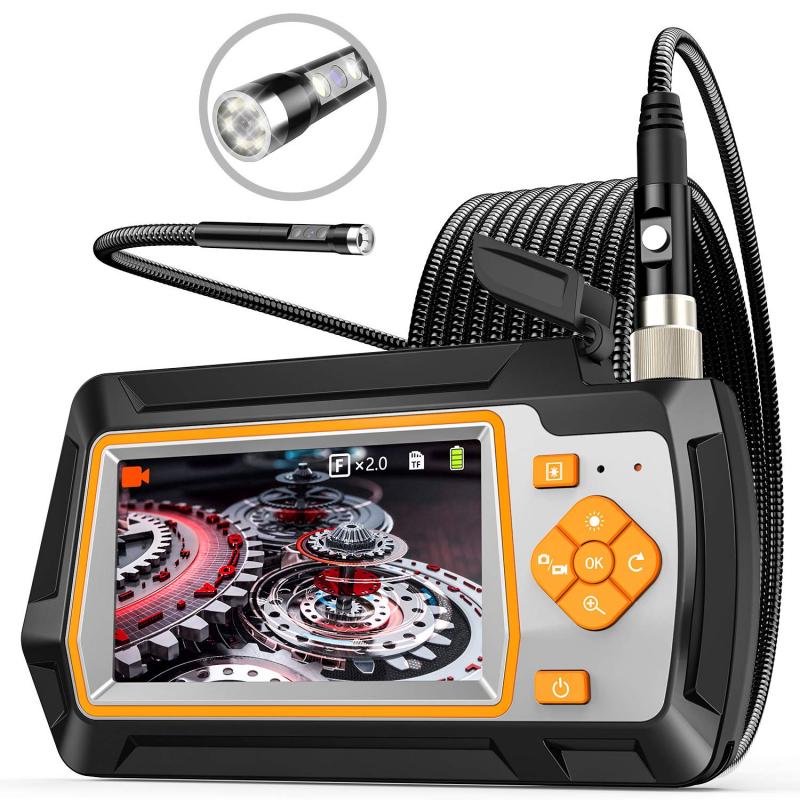
4、 Complications and Risks Associated with Endoscopic Third Ventriculostomy (ETV)
Endoscopic third ventriculostomy (ETV) is a surgical procedure used to treat hydrocephalus, a condition characterized by the accumulation of cerebrospinal fluid (CSF) in the brain. ETV involves creating a small hole in the floor of the third ventricle, a fluid-filled cavity in the brain, to allow CSF to flow out and relieve pressure.
While ETV is generally considered a safe and effective alternative to traditional shunt surgery, there are potential complications and risks associated with the procedure. These include:
1. Bleeding: During the creation of the hole, there is a risk of bleeding, which can lead to hematoma formation and potentially require further intervention.
2. Infection: Any surgical procedure carries a risk of infection. In the case of ETV, infection can occur at the site of the incision or within the brain itself.
3. CSF leak: The hole created during ETV may not seal properly, leading to a CSF leak. This can cause headaches, infection, and may require additional surgery to repair.
4. Neurological deficits: In rare cases, ETV can result in damage to surrounding brain structures, leading to neurological deficits such as weakness, sensory changes, or cognitive impairments.
5. Failure of the procedure: ETV may not effectively relieve hydrocephalus in all cases. Factors such as scarring or blockage of the hole can lead to the procedure being unsuccessful.
It is important to note that the overall complication rate of ETV is relatively low, and the benefits of the procedure often outweigh the risks. However, each patient's individual circumstances and medical history should be carefully considered before deciding on ETV as a treatment option.
The latest point of view on ETV suggests that advancements in endoscopic technology and surgical techniques have improved the safety and success rates of the procedure. Additionally, ongoing research is focused on identifying patient-specific factors that may predict the likelihood of complications and refining surgical approaches to minimize risks.
In conclusion, ETV is a surgical procedure used to treat hydrocephalus by creating a hole in the third ventricle to allow CSF to flow out. While there are potential complications and risks associated with ETV, the procedure is generally considered safe and effective. The latest advancements in technology and research continue to improve the outcomes of ETV, making it a valuable treatment option for patients with hydrocephalus.










